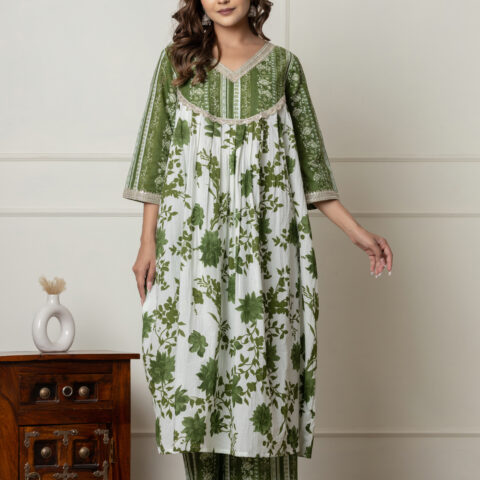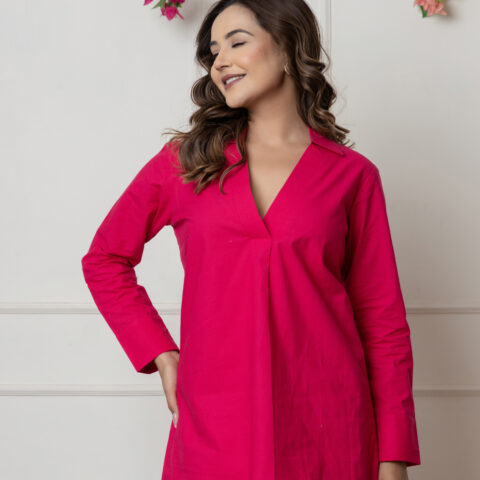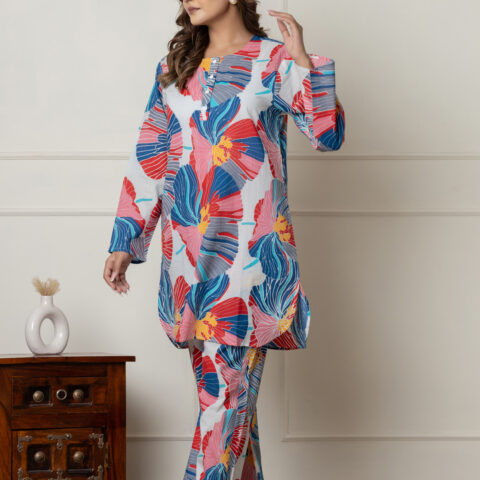How to Find the Best Manufacturer for your Clothing Brand in 2025

Starting your own clothing brand is an exciting journey, but finding the right manufacturer can make or break your success. In 2025, with rapid technological advances, global competition, and a demand for ethical and sustainable practices, choosing the best manufacturing partner is more important than ever.
Looking to launch or scale your fashion brand in 2025? Learn how to find the best clothing manufacturer with this complete guide. From defining your brand needs and comparing domestic vs. overseas suppliers to understanding ethical practices, pricing, MOQs, and quality checks — this article helps you navigate every step of the sourcing process. Discover tips on requesting samples, evaluating production capabilities, and building strong long-term relationships with manufacturers that align with your vision, quality standards, and business goals.
Whether you’re launching a new fashion line or scaling an existing brand, this guide will walk you through everything you need to know to find the best clothing manufacturer in 2025.
1. Define Your Brand and Manufacturing Needs
Before you start reaching out to manufacturers, you need to be crystal clear about your brand identity and production requirements.
Ask Yourself:
- What type of clothing am I producing? (e.g., streetwear, activewear, luxury, casual)
- What fabrics and materials do I need?
- What is my budget per piece?
- What’s my expected order quantity (MOQ)?
- Do I want domestic or overseas production?
Understanding these details will help you filter the manufacturers who are the best fit for your brand.
2. Understand the Types of Clothing Manufacturers
In 2025, manufacturers fall into several categories based on the services they offer:
a. CMT (Cut, Make, Trim)
They use your patterns and fabrics to assemble garments. Ideal if you already have design and technical experience.
b. Full Package Production (FPP)
They handle everything from design, sourcing, and pattern making to final production. Great for startups or brands with limited in-house capabilities.
c. Private Label Manufacturers
They offer ready-made designs that you can customize and rebrand. Fast and cost-effective for launching collections quickly.
Knowing which model suits your business will save time and money down the road.
3. Research Manufacturers Online (Smartly)
The internet is packed with manufacturing directories and platforms in 2025 that help you find partners quickly. Some reliable platforms include:
- Alibaba
- Wholesalegarments.in
- Maker’s Row (for USA-based brands)
- IndiaMART (for Indian manufacturers)
- Fibre2Fashion
- Sqetch (Europe)
- Trustrace (for ethical sourcing)
Pro Tip:
Use filters to narrow down your search by MOQ, location, specialization, and sustainability certifications.
4. Evaluate the Manufacturer’s Capabilities
Once you have a shortlist, it’s time to evaluate their production capabilities.
Key Questions to Ask:
- What are their minimum and maximum order quantities?
- What is their lead time?
- Can they produce the fabric, fit, and finish you’re looking for?
- Do they have experience in your product category?
- Can they scale production as your brand grows?
Request a company profile, portfolio, and client references to verify their experience.
5. Ask for Samples
Never skip this step. Request a sample before making a large commitment. This helps you evaluate:
- Fabric quality
- Stitching and finishing
- Accuracy to design
- Labeling and packaging
A good manufacturer will be open to revisions and responsive to feedback during the sampling process.
6. Check for Certifications and Ethical Practices
In 2025, more consumers are conscious about sustainability and labor practices. Ensure your manufacturer complies with ethical and environmental standards.
Look for certifications like:
- GOTS (Global Organic Textile Standard)
- WRAP (Worldwide Responsible Accredited Production)
- BSCI (Business Social Compliance Initiative)
- OEKO-TEX
Choosing an ethical manufacturer not only supports good business practices but also strengthens your brand reputation.
7. Compare Pricing (But Don’t Chase the Cheapest)
Yes, pricing is important—but the cheapest quote isn’t always the best deal. Balance cost with quality, reliability, and ethical standards.
Consider:
- Material cost
- Labor cost
- Shipping cost (especially for international suppliers)
- Customs duties and taxes
Request a detailed quote for your design, including potential hidden fees, to avoid budget surprises.
8. Visit the Manufacturer (If Possible)
In 2025, virtual tours and video calls are the norm, but nothing beats an in-person visit. If feasible, tour the factory to check:
- Cleanliness and safety
- Working conditions
- Machinery and technology
- Quality control processes
If you can’t visit, ask for video footage or schedule a live virtual walkthrough.
9. Communicate Clearly and Professionally
Establishing clear communication from day one is vital. A good manufacturer will:
- Respond promptly
- Ask detailed questions about your tech pack
- Offer suggestions and improvements
- Provide updates at every production stage
Use tools like Slack, Zoom, or Trello to manage production communication effectively in 2025.
10. Review Contracts and Agreements
Before committing, review the terms of agreement in detail:
- Payment terms (Upfront deposit? Final payment after delivery?)
- Turnaround time and deadlines
- Intellectual property rights
- Return/refund policy for defective goods
- Confidentiality agreement (NDA)
If needed, consult a legal advisor to ensure your interests are protected.
11. Start Small and Test the Relationship
Instead of jumping into a massive order, begin with a small production run. This will:
- Test the manufacturer’s reliability
- Identify any production issues
- Help you refine your product design
Once satisfied, you can gradually increase your order volume with confidence.
12. Build a Long-Term Relationship
The best manufacturers become long-term partners, not just vendors. Treat them with respect, pay on time, and provide clear feedback.
Benefits of long-term partnerships:
- Better pricing over time
- Faster turnaround
- Priority production slots
- More room for customization
In 2025, strong business relationships are still built on trust and consistency.
13. Use Technology to Your Advantage
Leverage modern tools and software to streamline your manufacturing process:
- Tech packs: Clearly outline your design specifications, materials, sizing, etc.
- 3D sampling tools: Preview samples digitally to reduce waste and time.
- Production management software: Tools like Zoho Projects, Monday.com, or PLM systems help track orders, timelines, and communication efficiently.
Manufacturers who are digitally equipped are more likely to stay organized and on time.
14. Think Locally and Globally
Domestic manufacturers offer faster shipping, easier communication, and lower risk of delays. Overseas manufacturers can be more cost-effective and offer a wider range of materials and skills.
2025 Trends to Watch:
- Nearshoring: Brands shifting to manufacturers closer to home to reduce lead times.
- Green manufacturing: Partners using eco-friendly materials, solar power, and water recycling.
Balance your priorities—cost, speed, sustainability—to decide what’s right for you.
15. Red Flags to Avoid
Not every manufacturer lives up to their promises. Watch out for:
- Vague answers or no portfolio
- Unwillingness to send samples
- Poor communication
- No business registration or address
- Very low prices (usually at the cost of quality)
If something feels off, trust your instincts and look elsewhere.
Conclusion
Finding the best manufacturer for your clothing brand in 2025 isn’t just about cost—it’s about quality, communication, values, and long-term growth. The right manufacturer will not only help you produce beautiful garments but will also support your brand’s vision and evolution.
Take your time, do thorough research, and choose a partner who shares your commitment to excellence.
Ready to launch your dream brand? Start by finding the perfect manufacturer who brings your designs to life—beautifully, ethically, and reliably.



